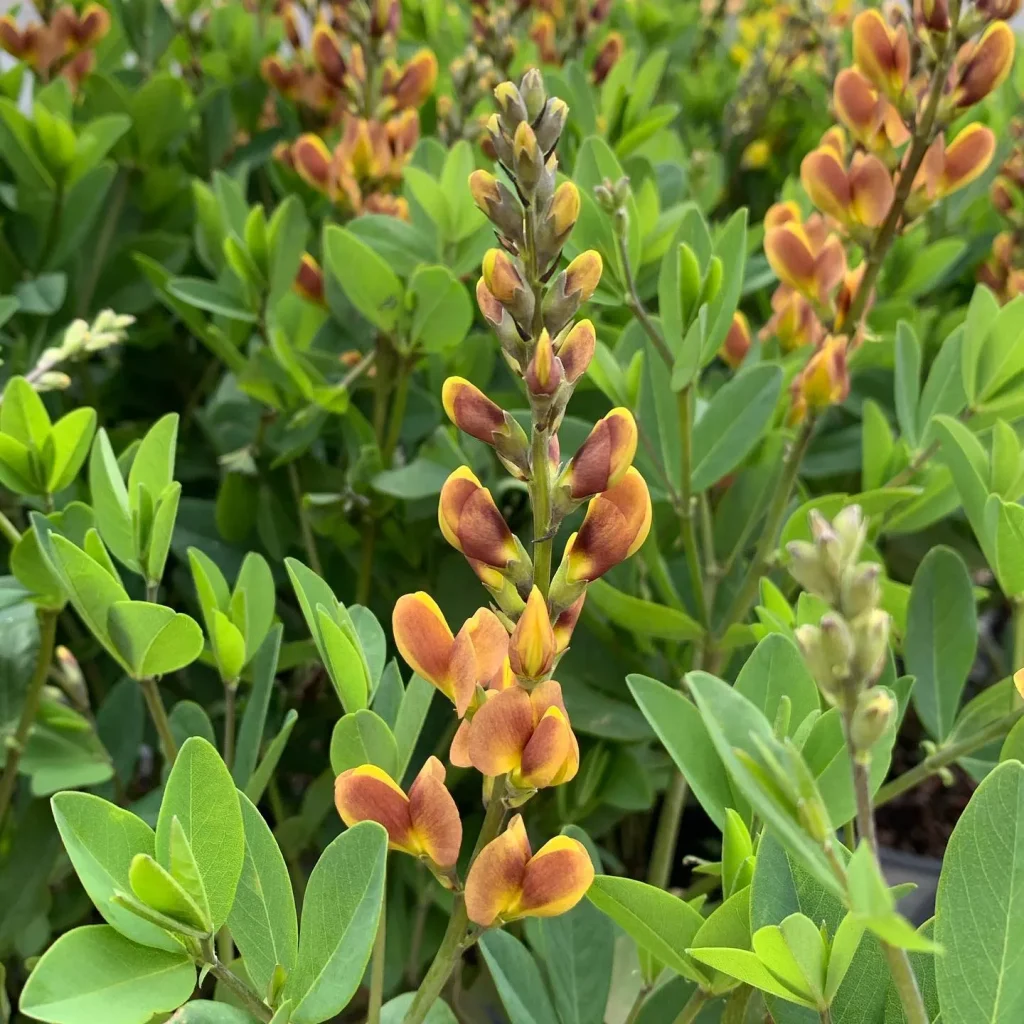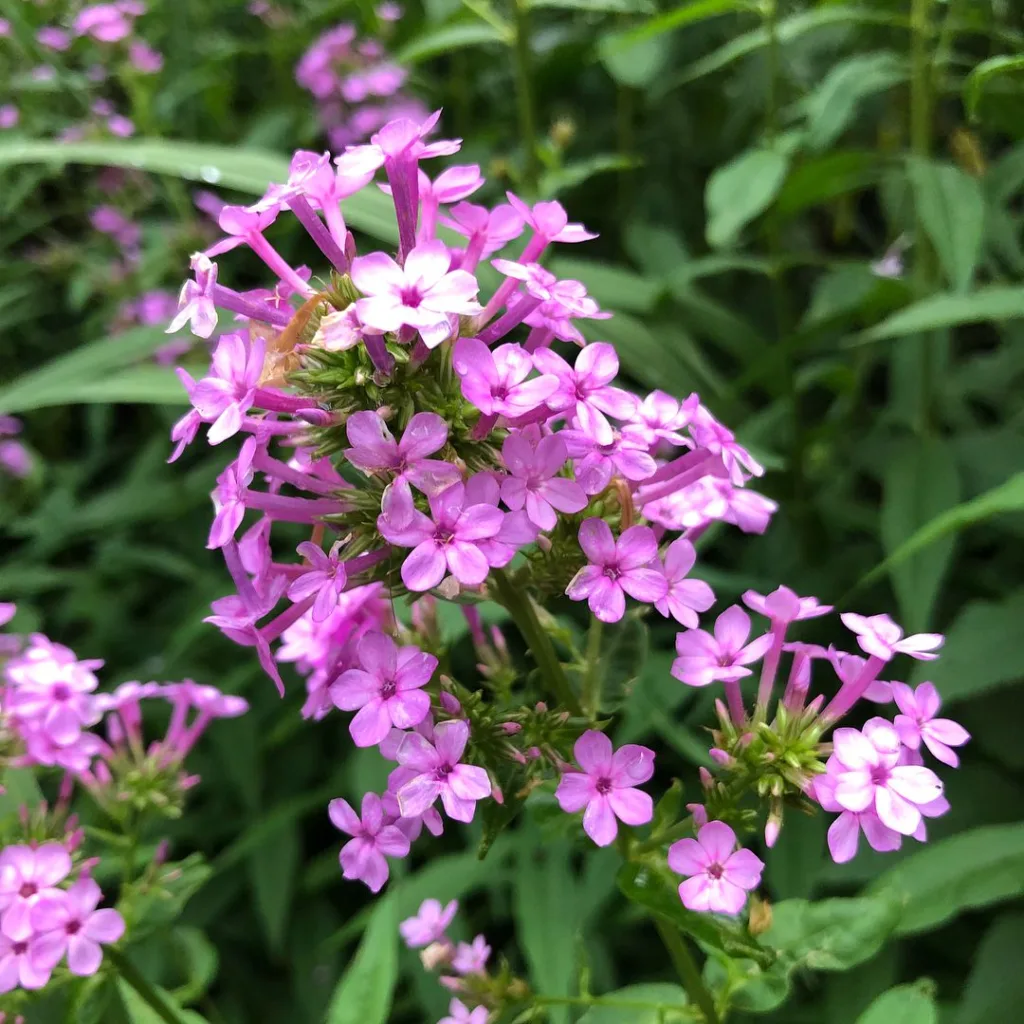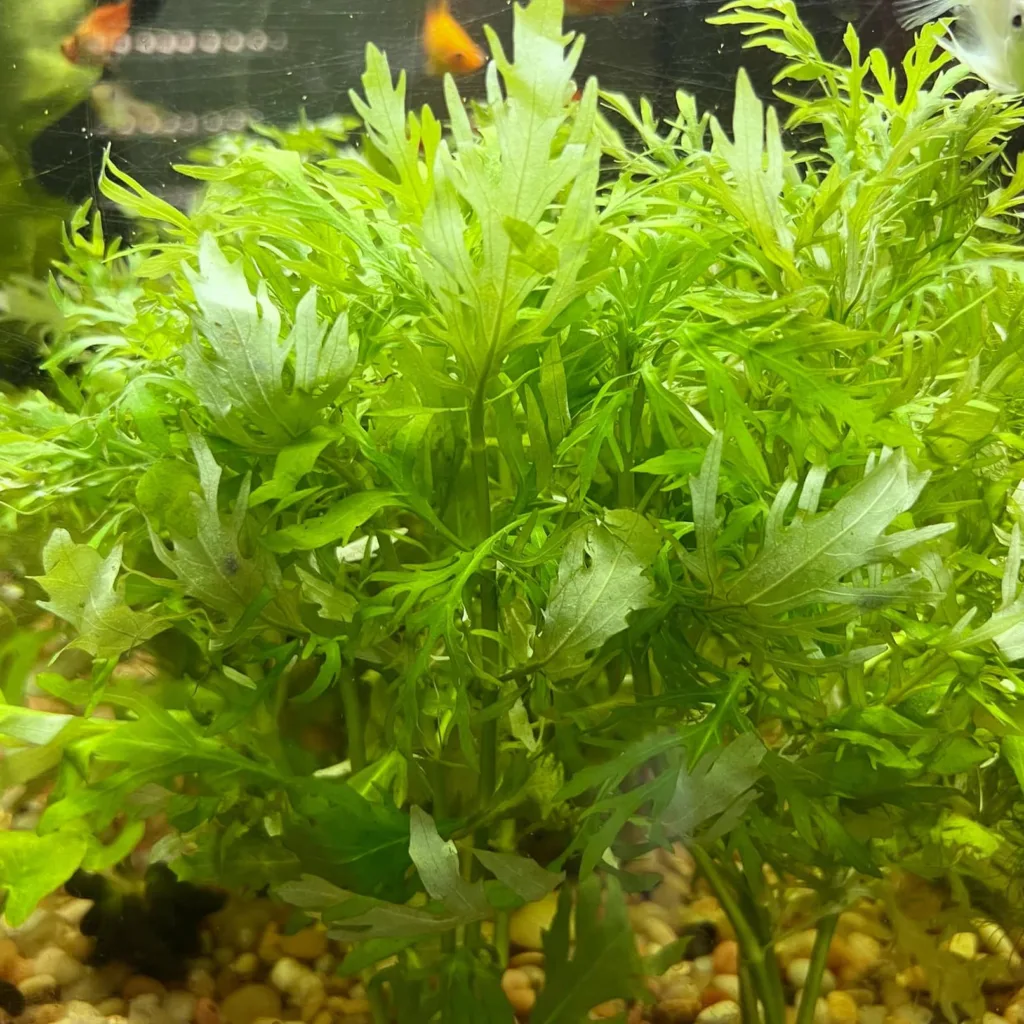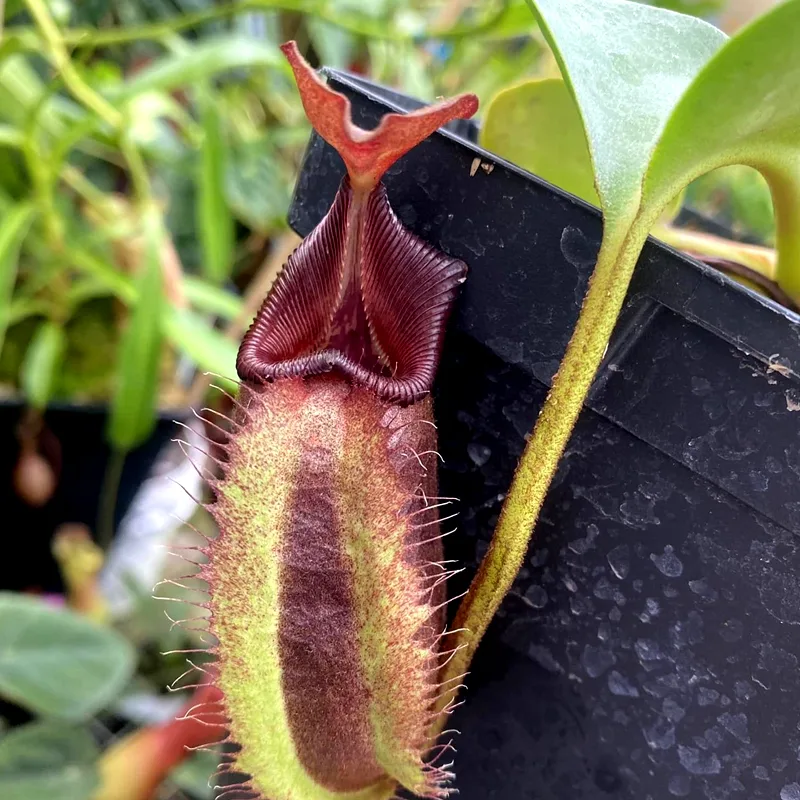What is Hoya Purpureofusca?
Hi everyone, Ferb Vu here! Today, we’re diving deep into the fascinating world of the Hoya Purpureofusca, also known as the Black Hoya. This unique climber has captured the hearts of plant enthusiasts with its dark, leathery leaves and stunning, almost-black flowers.
If you’re considering welcoming a Hoya Purpureofusca into your home, you’ve come to the right place. This FAQ will answer all your burning questions about this captivating plant, from its care needs to its comparison with other popular Hoyas.
Light: Let the Sunshine In (Indirectly)
The Hoya Purpureofusca thrives in bright, indirect sunlight. Think dappled light filtering through a sheer curtain – that’s the sweet spot. Direct sunlight, especially during the afternoon, can scorch the leaves. So, keep it near a south or east-facing window but avoid harsh midday sun.
Water: Finding the Watering Goldilocks Zone
One of the biggest challenges with Hoyas is finding the right watering balance. These plants despise soggy soil, so allowing the top inch of soil to dry completely before watering is key. Overwatering can lead to root rot, a silent killer of Hoyas.
Here’s a tip: Stick your finger into the soil. If it feels dry to the first knuckle, it’s watering time. Underwatered leaves will become limp, while overwatered ones will turn yellow and mushy.
Temperature: Keeping it Warm and Cozy
Think tropical paradise for your Hoya Purpureofusca. It prefers warm temperatures between 18°C and 24°C (64°F and 75°F). Avoid sudden temperature drops and cold drafts, as they can stress the plant.
Humidity: Mimicking a Tropical Oasis
Hoya Purpureofusca enjoys high humidity levels, similar to its native Indonesian rainforests. Here are some ways to create a more humid environment:
- Pebble tray: Place your Hoya on a tray filled with pebbles and water. As the water evaporates, it increases humidity around the plant.
- Grouping plants: Clustering your Hoya with other humidity-loving plants creates a mini microclimate.
- Humidifier: For a more controlled approach, invest in a humidifier.
Soil: The Foundation for Growth
Well-draining soil is crucial for your Hoya Purpureofusca. A chunky mix that allows water to drain quickly is ideal. You can create your own by combining potting mix, orchid bark, and perlite.
Fertilizer: A Light Feeding Approach
Hoyas are not heavy feeders. During the growing season (spring and summer), a balanced fertilizer diluted to half strength once a month is sufficient. Avoid over-fertilizing, as it can damage the roots.
Flowers: The Black Beauty Blooms
The star of the show – the Hoya Purpureofusca’s flowers! These stunning, star-shaped blooms come in a deep, almost black shade with a hint of red. They often have a sweet, delicate fragrance and can last for weeks.
Common Challenges: Troubleshooting Your Hoya
- Yellowing leaves: This could be a sign of overwatering, underwatering, or lack of light. Check your watering habits and adjust accordingly.
- Mealybugs: These tiny, white insects suck the sap out of your plant. Isolate the infected Hoya and treat it with insecticidal soap or neem oil.
- Slow growth: Insufficient light or nutrient deficiencies can cause slow growth. Ensure your Hoya receives adequate light and fertilize it during the growing season.
Hoya Purpureofusca vs. Hoya Carnosa: A Tale of Two Hoyas
Both Hoya Purpureofusca and Hoya Carnosa (commonly known as the Wax Flower) are popular choices for plant enthusiasts. Here’s a quick breakdown of their similarities and differences:
| Feature | Hoya Purpureofusca | Hoya Carnosa |
|---|---|---|
| Leaves | Dark, leathery | Can be green, variegated, or splash |
| Flowers | Deep red to almost black | Pink, white, or red |
| Growth rate | Slower | Faster |
| Light requirements | Bright, indirect light | Can tolerate lower light |
Is Hoya Purpureofusca Right for You?
The Hoya Purpureofusca is a rewarding plant for those who appreciate unique foliage and fragrant blooms. With its moderate care requirements, it’s suitable for both beginner and experienced plant parents. Just remember, patience is key – it might take some time for your Hoya to flower but the sight and scent of those black blossoms are well worth the wait.
Propagation: Sharing the Black Pearl Love
The beauty of Hoyas is that they’re relatively easy to propagate, allowing you to create new plants for yourself or share the Black Pearl love with friends. Here are two common propagation methods:
- Stem cuttings: This is the most popular method. Take a healthy stem with a few nodes, cut it below a node, and remove the lower leaves. Dip the cut end in rooting hormone (optional) and plant it in a pot with well-draining soil. Keep the soil moist but not soggy, and place the pot in bright, indirect light. Roots should develop within a few weeks.
- Leaf cuttings: While less common, propagating from leaves is possible with Hoyas. Take a healthy leaf with its petiole (the stalk connecting it to the stem). Plant the petiole in a pot with moist soil, ensuring at least half of it is buried. It can take several months for new growth to appear, so be patient!
Pruning and Training: Shaping Your Hoya
The Hoya Purpureofusca is a natural climber. You can encourage it to climb a moss pole, trellis, or another support structure. Simply train the vines by gently guiding them around the support. Pruning is also beneficial for maintaining a bushier plant and encouraging new growth. Use sharp, sterilized pruners to remove leggy stems or unwanted growth.
Repotting: Giving Your Hoya Room to Grow
As your Hoya Purpureofusca matures, it may become rootbound. Signs of this include slow growth, water pooling on top of the soil, and roots emerging from the drainage holes. Repot your Hoya every 1-2 years into a slightly larger pot with fresh, well-draining soil. Spring is the ideal time for repotting.
Conclusion: The Allure of the Black Pearl
The Hoya Purpureofusca offers a unique combination of captivating looks, fragrant blooms, and manageable care needs. With a little TLC, this Black Pearl can become a cherished member of your plant collection. So, why not give it a try and witness the magic of this fascinating Hoya unfold in your home?
If i die, water my plants!



